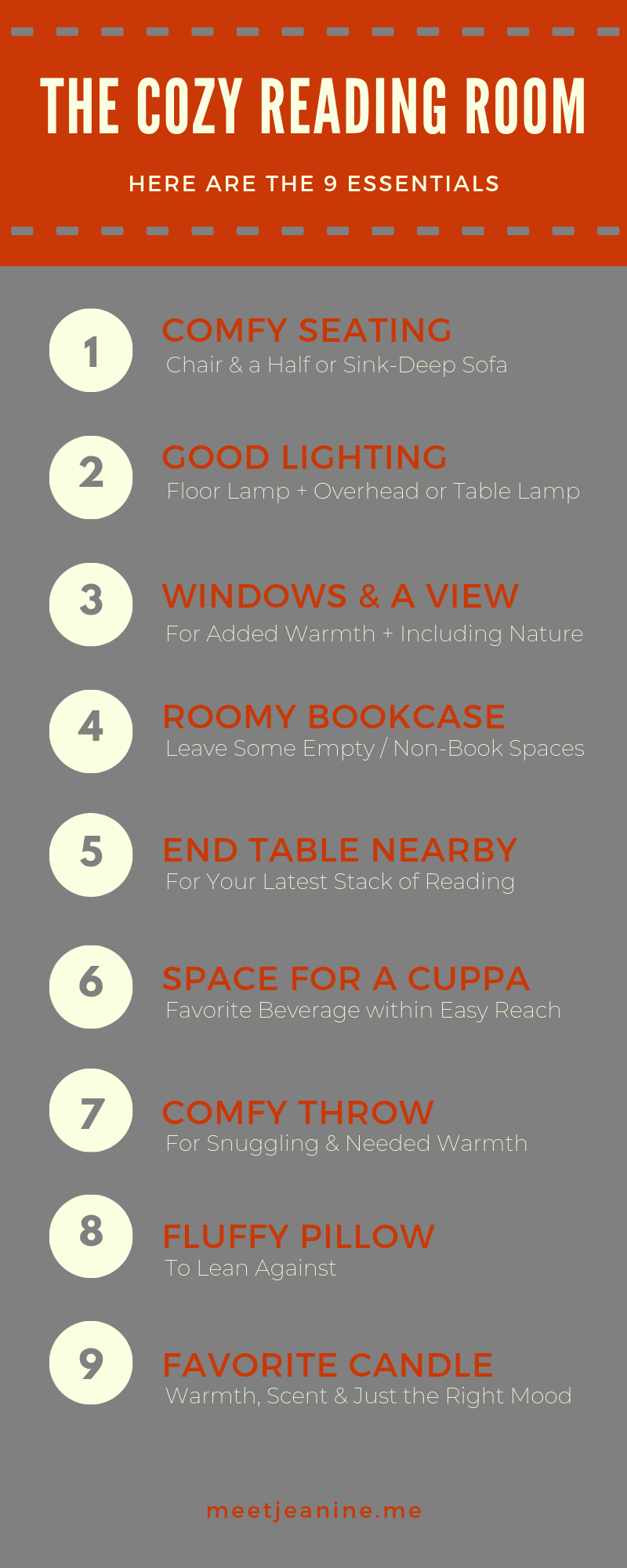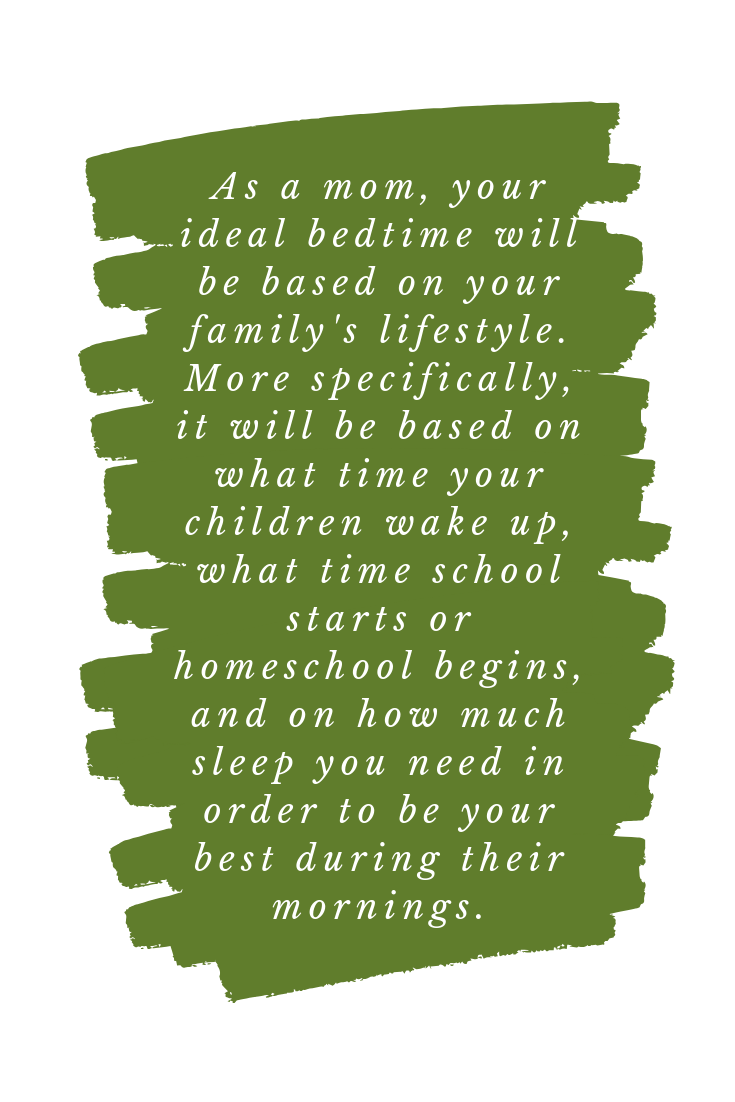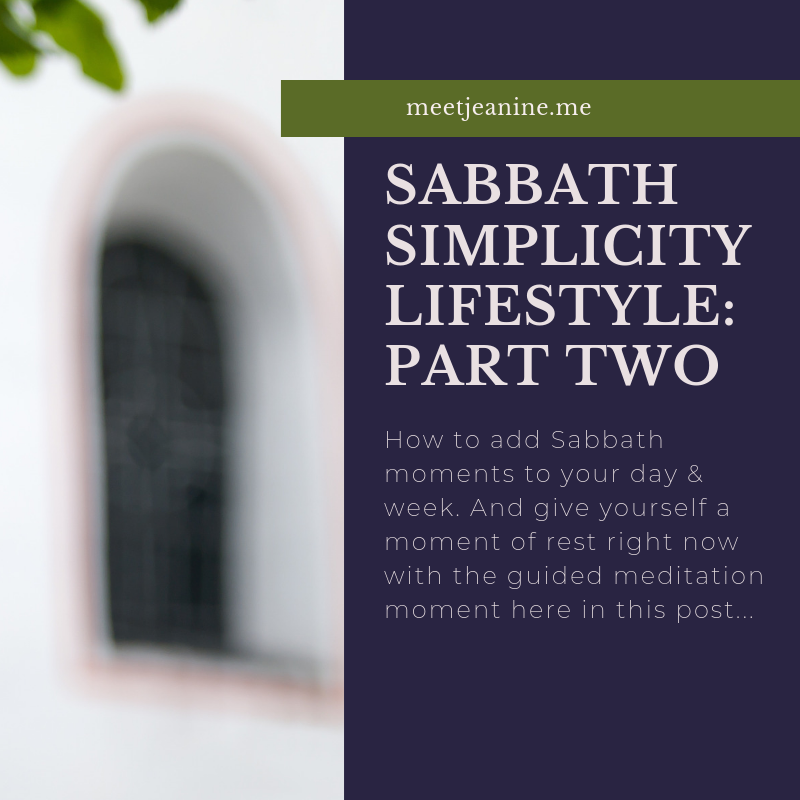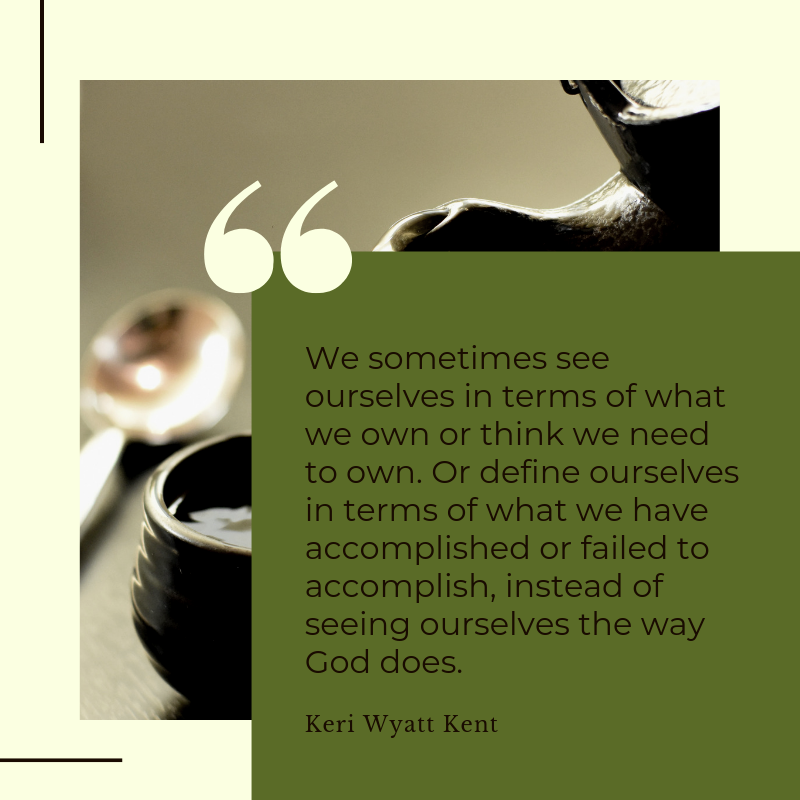|
In this post, I want to share a hygge morning self-love ritual, a self-love meditation and self-love affirmations. Hygge is a Danish concept that is all about creating cozy, comfortable, and inviting spaces. It's about creating a warm atmosphere with the people and things around you, and it's about taking the time to enjoy life's simple pleasures. Hygge encourages you to take time to slow down and appreciate the small moments in life. And I believe it's an easy way to nurture self-love. It is a physical reminder that it's okay to practice self-care, that you are worthy of love and that you deserve to take time for yourself. Practicing hygge can be a wonderful way to show yourself some love and kindness, and it can be a powerful way to cultivate feelings of self-love. As we grow in our ability to love ourselves, that love can help us become the higher-frequency future self we are called to be. We can visualize our future with love, and make small changes in our lives now to help us reach our highest self. By taking the time to practice self-love and focus on our growth, we can become our best selves and live the life we truly want. But along the way we may struggle. We might find that as we try to become our best selves, we fall a little short of our own standards. And when we do, that is when we need self-love and self-acceptance even more. Be kind and comforting, and give yourself some cozy, hygge self-care. We're on the path and we're going to get there. There's no hurry. And loving ourselves more is part of the process. If you're struggling with low self-esteem, feeling overwhelmed, or discouraged, I hope this post will resonate with you. Let's get started! Hygge Morning Self-Love Ritual(1) Wake up early, preferably before the sun rises. If not, just make sure you'll have a quiet space. (2) Make yourself a warm cup of tea or coffee. (3) Find a cozy spot to sit and make yourself comfortable. (4) Take a few moments to be still and quiet. Enjoy the peace and quiet of the morning. (5) Light a candle and open your journal. (6) Write down three changes you are noticing in yourself, no matter how small. (7) Write down three positive affirmations about yourself. What do you like most about yourself? (8) Take a few moments to reflect and think about what you wrote. (9) Close your journal and meditate for a few minutes. (10) End your ritual with a few moments of self-care. Do something that makes you feel good, like reading a book, taking a walk, or cuddling with a pet. Self-Love MeditationBegin by taking a few deep breaths in and out of your nose. Allow your body to relax as you breathe. Now bring your attention to your heart center. Feel the love and self-empowerment that resides here. Imagine a beautiful, glowing light radiating from your heart center. Feel this light growing brighter and brighter. As it radiates outward, envision yourself wrapped in a cocoon of love. Allow this love to fill every cell of your being. Feel its warmth and acceptance. Now visualize yourself as the best version of yourself: strong, confident, and empowered. Feel the power that comes with believing in yourself. As you continue to breathe in and out, silently repeat to yourself: “I am enough. I am worthy. I am capable of achieving great things.” Allow the positive energy to fill your entire body until you feel a sense of peace and strength. When you’re ready, slowly open your eyes and take a few moments to take in the feeling of self-love and empowerment. Self-Love AffirmationsI accept and love myself unconditionally. I am worthy of love and respect. I forgive myself for my mistakes and learn from them. I am capable of achieving anything I set my mind to. I am enough and I am worthy. I am strong and I can weather any storm. I am beautiful inside and out. I choose to see the best in myself and others. I am worthy of success and happiness. I am confident and powerful. See you tomorrow!
Love, Jeanine
8 Comments
What Every Cozy Book Nook Needs Welcoming comfort. Your cozy reading room or nook needs to become a haven of comfort so that you find yourself wanting to stay a while. As sat at home moms, we so rarely large pockets of time to ourselves. So the scene needs to be set already, waiting for you to step right in, pick up where you left off and get right back to reading time. Slowing life down, or creating a slower lifestyle in the larger sense, happens in moments. And you can empower them by making your home a place that invites you and your family to stop and rest. To pause for a moment. Silent support for the slow living lifestyle you want to create. Each member of your family deserves that feeling of welcome, and a cozy space - in addition to the bedroom - that feels like a haven made just for him or her. The cozy reading room can be one of those spaces, and can be furnished in such a way that it serves the whole family, if all of you love to read. Be sure to personalize it in ways that reflect each family member. But start with the basics to create a foundation of coziness everyone can enjoy. These basics are an essential way to get started and then, anything else you add will be icing on the cake. Here are the 9 essentials... (1) The ultimate in comfy seating: a chair and a half or a sink-deep comfy sofa. (2) Great lighting: a floor lamp right next to the reading spot, and additional lighting in an overhead lamp, or table lamp somewhere else in the room. (3) Big windows and a lovely view: for letting in light, but also maintaining a connection to nature during those moments when you lift your gaze from whatever you're reading. No view? Add art. (4) A bookcase with plenty of room for your collection of reading material. But I suggest creating some spaces on the bookcase so that it's not just a wall of books, so your room feels more spacious. (5) And end table next to your chair or sofa, with enough room for your latest stack of books to rest right next to you. (6) Space for a cuppa, on your end table, for reading with your favorite beverage within easy reach. (7) A comfy throw to snuggle under for warmth, nearby whenever you need it. (8) A fluffy, fat, comfy pillow to lean against while you're reading. (9) Your favorite candle to add warmth, scent and just the right mood. The Cozy Reading Room Checklist See you next time! Love, Jeanine Are mornings difficult for you? Are you a night owl (and tired mama) whose kids wake up bright-eyed long before you’re ready to admit it's morning again? I've put together the ultimate guide to creating your perfect morning routine and you can read it right here. It's a morning routine guide for moms who want happier mornings not just for themselves, but also, for their families. Ready? Let's get started… Lifelong Night Owl Tales of WoeOn the one hand, morning 'larks' prefer getting up and going to bed early, and are at their peak performance early in the day. On the other hand, night 'owls' like sleeping in and staying up late, and don’t perform well until afternoon or evening. - Psychology Today A night owl is someone who not only prefers to be up later at night, but functions better later in the day or evening, and does not do so well early in the morning. Sleeping in works better for them. A typical preferred schedule for a night owl might be going to sleep around 2 or 3 in the morning and waking up around 11 a.m. or noon. Is that similar to the schedule you would choose, if you could? For night owls, going to bed at what seems like the right time, often leaves them lying awake, wishing they could fall asleep. And then they frequently glance at the clock, still awake, and recalculate how much sleep they’ll get if they fall asleep soon. But they don’t fall asleep soon, because they can't. I am all too familiar with this struggle. I was born just before midnight, and I suspect I have struggled to go to sleep on time ever since. I remember lots of childhood nights, lying awake well past the time I went to bed, bored, and wishing I could be in the family room, watching TV with my parents. I could hear the faint sounds of whatever they were watching, and those sounds called to me. My mother seemed surprised and annoyed each time she came to check on me, and found with my eyes open, still wide awake. She didn’t know what to do to fix it, and neither did I. I know I did not get enough sleep during my childhood. Did you? Children who are wide awake at bedtime and sleepy the next morning, often grow up to be adults who struggle to conform to the cultural norms of going to bed at a reasonable hour, and then getting up in time to go to work, or begin the day with their own wide-awake children. Has that been your experience? It certainly was mine. When my work days began at 8:30 or 9:00, I struggled nearly every day to make it work. I’d fall asleep right after David Letterman said, “wake the kids and call the neighbors.” And the next morning would find me struggling to wake up, feeling like I was moving through molasses as I tried to get ready as quickly as possible so I wouldn’t be late. Eventually, I was eating in the car, and putting on my makeup, during the half hour drive to work just to try to give myself a better chance of getting there a minute before I’d be late. Once my son became my personal alarm clock, the struggle continued, just in a different way. He was bright-eyed and bushy tailed, eager to hang out with his mommy, and I could barely open my eyes. What is the solution for those of us who struggle with an early-morning wake-up call? Many night owls try to become a morning person. Become a Morning Person? There is lots of advice out there about how to become a morning person, but is that really possible? You can wake up earlier, start your day earlier, and decide to go to bed earlier at night, but can you become a morning person? Based on what the experts say, I think not. Most people can’t simply switch wake up and bed times, because their bodies won’t allow them to. Our circadian rhythm is controlled by a tiny area in our brains, the suprachiasmatic nucleus. -Dr. Nathaniel Watson, co-director of the University of Washington Medicine Sleep Centre, incoming president of the American Academy of Sleep Medicine. -BBC But it is possible to get to the point where you are waking up in the morning, naturally, without an alarm, at your ideal wake-up time. Your Ideal Wake-Up Time Do you know what your ideal wake-up time is? Though it is less likely to be an exact time on the dot than a general range of time, it provides for the amount of time you need each morning. That sounds simple, but for those who struggle with getting up on time, or with getting ready as quickly as we need to in order to be ready for our obligations, it may not be simple at all. And I’m not saying that your ideal morning time is your preferred wake-up time. But it is the time that would make your morning life, and your mom life, run the most smoothly. What’s your ideal? It may be affected by the time you go to bed, because functioning your best, on any given morning, is likely to depend on sleeping enough and sleeping well the night before. Do you struggle to get to bed or to sleep on time? That would push your ideal wake-up time forward in a flexible schedule. But if it’s not as flexible, then we need to get you a better night's sleep. Your Best Night's SleepFor night owls, what constitutes getting to bed or to sleep on time may be different than it is for morning larks, those who love mornings. And if you don’t work outside the home, getting up early enough to go to work on time is not an issue. Plus, there’s no universally agreed upon best time for going to bed and falling asleep. But whatever late turns out to be, for you, it will deny you the sleep you need.
What is Your Ideal Bedtime? Experts suggest that we need 7 to 9 hours of sleep in order to function optimally and be at our most healthy. So, in order to find your ideal sleep time, you need to know when your ideal wake-up time is. If it takes you a while to “yawn and stretch and try to come to life,” (Dolly Parton, Nine to Five theme song) then your wake-up time probably needs to happen before your kids get going in the morning. How long does it take you to wake up properly and be ready to roll? And what time do your children wake up? If it takes you an hour or two to be functional, then you’ll need to get up an hour or two before your children do, and be asleep 7 to 9 hours before then. That hour is your ideal bedtime. It may take some experimenting to find those numbers. And you may need more time in the morning than you think. Does it need to work out perfectly? Perfection may not be possible. I find that I need to be awake and out of bed at least 3 hours before my son wakes up – probably because I am also an introvert – and now that he’s a teenager, and we start our homeschool day later in the morning, that works out well. But when he was younger, I couldn’t make that work, and had to settle for 2 hours when I really needed three. So aim for the best combination of sleep time and waking up, and then make the very best of whatever way it shakes out in practice. And once you have your ideal bedtime and wake-up times in mind, the problem becomes getting yourself to sleep at that time, if you’re a night owl. What’s the best way to get to sleep at that time? Well, you may have heard or read that getting to sleep on time will become much easier if you back away from your devices an hour or more before you want to go to sleep. Ninety percent of people in the U.S. admit to using a technological device during the hour before turning in, and children often use electronic media to help them relax at night. If you’re among these nighttime technology-users, you may not realize the extent to which this can make it harder to settle down to sleep. But it can. The truth is, using electronic devices before bedtime can be physiologically and psychologically stimulating in ways that can adversely affect your sleep. -National Sleep Foundation I found this to be true in my own life. I had just moved, and had to wait a week before my cable appointment. Plus, no one came at the scheduled time, which added another 2 weeks of being without my favorite TV shows! But here’s what happened that surprised me. I found that without having the TV on all night, it was easy to go to bed a couple of hours earlier than I normally did. And not only that, I would go to bed, thinking I’d probably read for an hour or so, and find myself getting sleepy in 20 minutes or less. It was so easy. I got more sleep, and woke up earlier than I had been getting up before the move. So, to be honest, I felt ambivalent about finally getting everything set up with cable. Would I be able to stick to my new schedule once those late night shows were available? I knew the answer was probably going to be no, and I was right. TV can be irresistibly tempting. But it also, apparently, throws off your sleep biology and will make it harder to go to sleep at the time you have chosen. Unless you are able to talk yourself into turning it off ahead of time. But once you’ve turned off the TV, stepped away from the computer, and put your phone aside, what do you do then? Do you like to read? Or listen to music? Have another hobby, like knitting? This is where creating an ideal evening routine comes in. How to Create an Ideal Evening Routine |
Hi, I'm
|






















 RSS Feed
RSS Feed